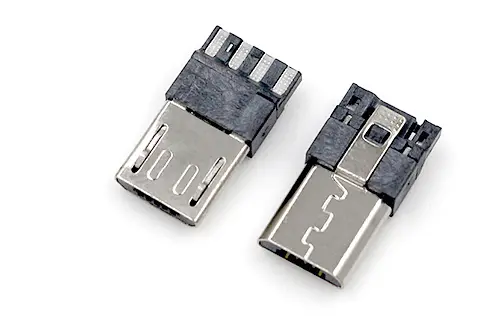How to Make A Sheet Metal Stamping Die?
Manufacturing industry relies heavily on sheet metal stamping dies to produce various products, from car parts to household appliances. Sheet metal stamping dies are essential tools used to create precise shapes and forms in metal sheets, making them a crucial component in the production process. In this article, we will discuss the step-by-step process of making a sheet metal stamping die, from design to fabrication.
Understanding Sheet Metal Stamping Dies

Sheet metal stamping dies are specialized tools used to shape and cut sheet metal into specific forms. These dies can be categorized into two main types: cutting dies and forming dies. Cutting dies are used to cut the metal into a desired shape, while forming dies are used to deform the metal into a specific form without cutting it. Both types of dies require precise design and fabrication to ensure the quality of the final product.
Designing a sheet metal stamping die requires careful consideration of factors such as material type, thickness, and the desired shape of the final product. The die should be designed to withstand the forces and pressures involved in the stamping process, while also maintaining dimensional accuracy and surface finish. The design process typically involves computer-aided design (CAD) software to create a detailed blueprint of the die. Once the design is finalized, the fabrication process can begin.
Material Selection and Preparation
The first step in making a sheet metal stamping die is selecting the appropriate material for the die block. Typically, tool steel is used for making stamping dies due to its high hardness and wear resistance. The material should be carefully heat-treated to achieve the desired hardness and toughness required for the stamping process. Once the material is selected and prepared, the fabrication process can proceed.
Cutting and Machining
The next step in making a sheet metal stamping die is cutting and machining the die block to the desired shape and dimensions. This process involves using various cutting and shaping tools such as lathes, milling machines, and grinders to remove material and create the form of the die. Precision machining is crucial to ensure the die's accuracy and dimensional stability during the stamping process.
The cutting and machining process also involves creating the necessary features on the die, such as punch and cavity shapes, ejector mechanisms, and guiding components. These features are essential for guiding and shaping the metal sheet during the stamping process, and they must be carefully designed and machined to ensure proper functionality.
Assembly and Finishing
Once the die block is machined to the desired shape and features, the assembly process can begin. This involves fitting all the components of the die together, such as punches, cavities, ejectors, and guiding elements, to create a functional stamping die. Assembly may also involve adding additional elements such as springs, guide pins, and lubrication systems to optimize the die's performance.
After assembly, the die undergoes a rigorous testing and debugging process to ensure its functionality and accuracy. Any issues or defects in the die are identified and rectified during this process to ensure the quality of the final product. Once the die is deemed to be in optimal condition, it undergoes a finishing process to enhance its durability and performance. This may involve surface treatments such as polishing, coating, or heat treatment to improve the die's wear resistance and longevity.
Conclusion
In conclusion, making a sheet metal stamping die is a complex and meticulous process that requires careful consideration of design, material selection, fabrication, and finishing. A well-made stamping die is essential for achieving high-quality and precise metal components in various industries. By following the step-by-step process outlined in this article, manufacturers can create reliable and efficient stamping dies to meet their production needs.
+86 13433648351





